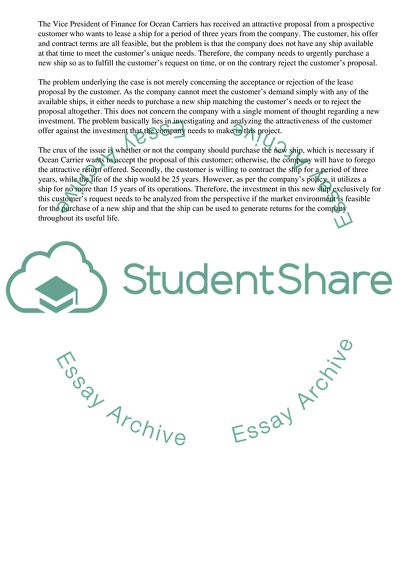Cite this document
(Ocean Carrier's Financial Management Case Study - 1, n.d.)
Ocean Carrier's Financial Management Case Study - 1. Retrieved from https://studentshare.org/management/1537459-ocean-liner
Ocean Carrier's Financial Management Case Study - 1. Retrieved from https://studentshare.org/management/1537459-ocean-liner
(Ocean Carrier'S Financial Management Case Study - 1)
Ocean Carrier'S Financial Management Case Study - 1. https://studentshare.org/management/1537459-ocean-liner.
Ocean Carrier'S Financial Management Case Study - 1. https://studentshare.org/management/1537459-ocean-liner.
“Ocean Carrier'S Financial Management Case Study - 1”. https://studentshare.org/management/1537459-ocean-liner.


